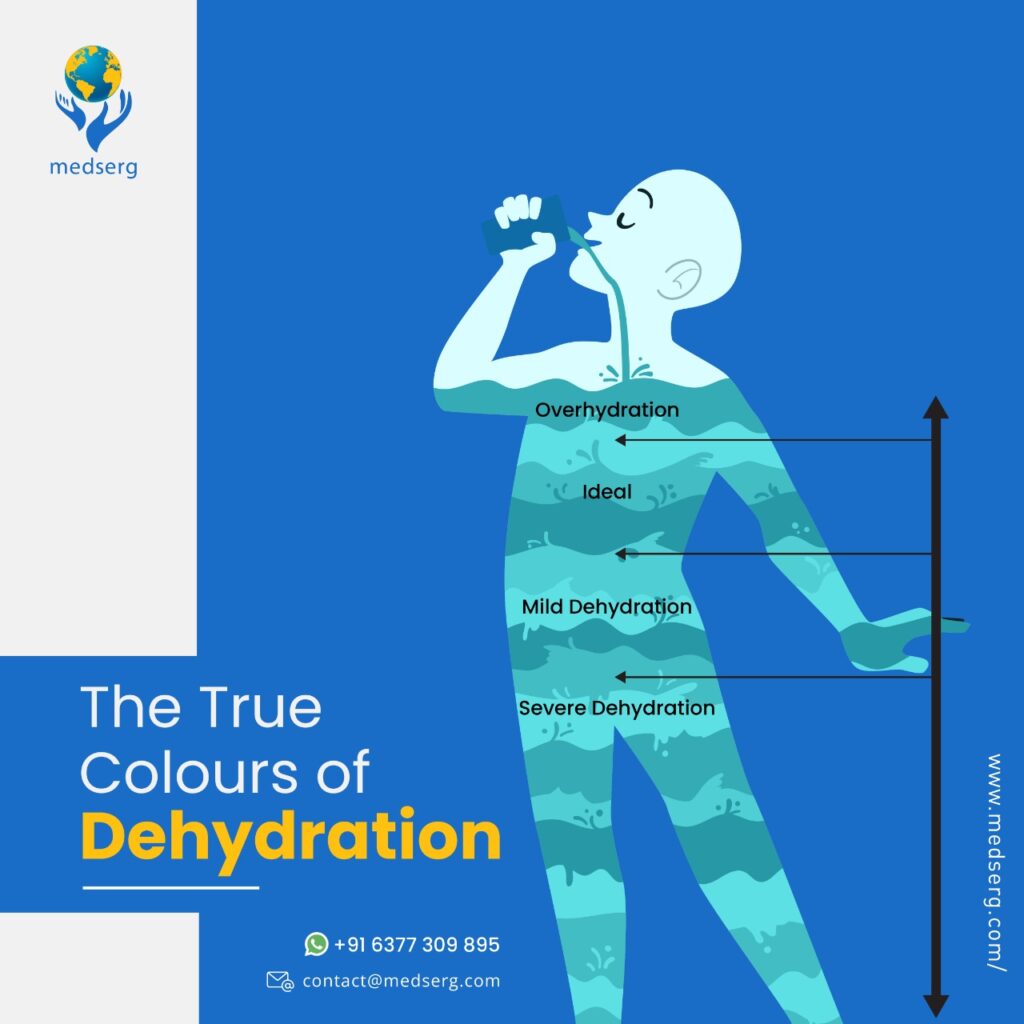Hydration status is something that most coaches and athletes are, quite correctly, interested in getting right. The issue is that, whilst urine colour can definitely be somewhat indicative of hydration status, there’s definitely not a simple and linear relationship between actual hydration status and the colour of your pee. Frequently producing very small amounts of dark urine can be a sign of actual dehydration, but it’s not necessarily always the case.
With those points in mind, numerous other factors can affect the colour of your pee (as this excellent article points out) and these include…
- Drinking alcohol
- Drinking a lot of tea, coffee or other mildly diuretic drinks
- Swimming in cold water (due to cold diuresis and/or immersion diuresis)
- Drinking a large amount of plain water in a very short space of time
- Nerves
- Certain medications
So, boiling a complex topic down to an overly simplistic statement – “your pee should be 1-3 on this chart” or “you’re not hydrated enough!” is appropriate for many – but misses many important nuances and creates the potential for the key message to be misinterpreted and drive behaviours that aren’t actually helpful. i.e. to promote over-drinking.
It makes me think of the famous quote that is often attributed to Einstein; ‘Everything should be made as simple as possible, but not simpler.’
Urine colour and dehydration – Practical applications
Despite the weaknesses of the ‘Armstrong Chart approach’, I do still think that keeping an eye on what colour your pee is from time to time can be a useful tool in helping to manage your hydration status, as long as it’s not the only tool you use.
If you’re regularly nearer to the ‘8’ end of the scale than the ‘1’, then it might be worth experimenting with taking in a little more water or sports drinks, especially around times when you’re working hard and sweating a lot. See how that makes you feel and whether it’s of benefit.
Conversely, if you’re always seeing 1-2 coloured pee, then maybe you could think about dialling back your fluid intake a touch to see if you’re overdoing it a bit.
Again, how you feel overall after making these adjustments will give you the best idea of whether you’re better or worse off as a result, and that is of course what actually matters most of all.
But I do think it’s important that we start to move away from the overly simplistic idea that if your pee is clear you’re definitely hydrated, and if it’s not, you’re definitely not.
This is not the case all of the time and drinking and drinking until your wee is clear is not the route to optimal health or performance. As a result, I think I’d be happy to see some of these pee charts coming down the walls in the near future. Or for the messaging to be changed to something a bit more nuanced.
It’s generally a good idea to provide prompts to help athletes self-monitor and understand their bodies a little better. But it’s important that those prompts ‘nudge’ the development of genuinely helpful behaviours and, to a degree, it feels like we may have strayed a little too far in one direction in this case.







